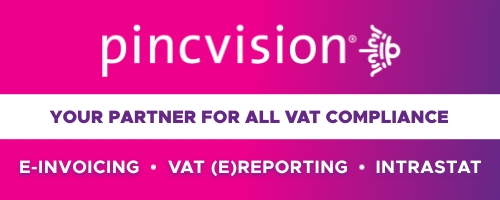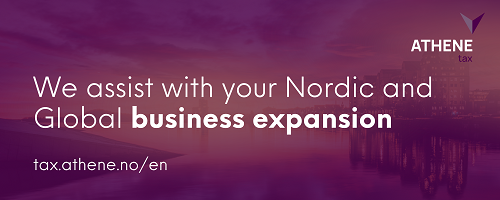3 VAT
3.1 Registration for VAT
Even if the activity does not constitute business activity in the case of income taxation, a special assessment must be made regarding the obligation to register for and pay VAT. If you sell goods and services in an independent economic activity, you are obliged to register for and pay VAT.
In judgment C-219/12, Fuchs, the European Court of Justice has concluded that the sale of electricity from a photovoltaic plant located on or adjacent to a private home is an economic activity when the electricity produced is continuously delivered to the electricity grid for a fee. .
It is thus an economic activity when a photovoltaic system is installed in a villa and, for a fee, either all electricity or only the surplus electricity is continuously sold into the electricity grid.
Anyone who has a limited sale can be subject to tax exemption and must therefore not register for and pay VAT. Sales are covered by tax exemption when the total sales, of electricity and other sales, within the country during the current tax year and during each of the two immediately preceding tax years are a maximum of SEK 30,000 excluding VAT.
More information about the tax liability can be found in the Swedish Tax Agency’s position “Tax liability for micro-producers of electricity, value added tax”, 2017-05-10, no. 131 205136-17 / 111.
3.2 Right to deduct input VAT
3.2.1 When the sale is subject to tax exemption
If the sale of electricity is subject to tax exemption, there is no right to deduct input VAT. In the event of a transition from taxed to tax-exempt activities, adjustment consequences may arise. This may involve an obligation to refund certain previously deducted input VAT.
3.2.2 When sales are to be taxed
When a product or service is purchased to be used for an activity that entails tax liability, there is normally a right to deduct input VAT on the purchase.
However, the right to deduct is limited if the purchase relates to permanent housing. As a rule, permanent residence means a building that is set up for living (the nature of the building). The use of the building is also important in assessing whether the building is covered by the prohibition on deductions for permanent residence or not.
For a photovoltaic system that is mounted on the outside of a building, e.g. on the roof, the starting point is that the facility as such is not part of a permanent residence. If, on the other hand, the plant is to supply electricity that refers to permanent housing, e.g. supply of electricity to a villa used for housing, such use is covered by the prohibition on deductions for permanent residence.
A corresponding assessment shall be applied regarding the right to deduct input VAT on costs for repairs, operation and maintenance of the facility.
More information about the right to deduct can be found in the Swedish Tax Agency’s position “Right to deduct when purchasing and installing etc. of a photovoltaic plant for micro-production of electricity; VAT ”, 2020-11-09, dnr 8-112176.
Example 1:
Only surplus electricity is sold to an electricity trading company. Some of the electricity produced is consumed directly for the home. Outgoing VAT is reported for the surplus electricity sold.
In the event that the photovoltaic system is mounted on the outside of the villa, e.g. on the roof, the facility as such does not become part of the permanent residence. The right to deduct input VAT for the plant then exists to the extent that the deduction is attributable to the taxable sale of electricity to an electricity trading company. The part that pertains to private housing is covered by the prohibition on deductions for permanent residence.
Example 2:
The same conditions as in example 1. But here the homeowner runs his own business in the villa. The solar cell plant also supplies electricity to the business premises. In order for there to be a right to deduct for the part relating to the delivery to the business premises, it is required that the premises are clearly separated from the living spaces and are specially adapted for the business. In addition, it is required that the delivery of electricity to the business premises can be separated from the delivery to the living area, e.g. by a separate meter, so that the deduction prohibition does not apply.
Example 3:
All electricity produced is delivered to the electricity grid (ie all electricity is sold to an electricity trading company). Outgoing VAT is reported for all sales. The right to deduct input VAT then exists for the entire acquisition of the facility. The electricity that is to be consumed in the residential property must be bought back from the electricity trading company. The homeowner must pay VAT on the electricity he buys from the electricity trading company.
Sources:














